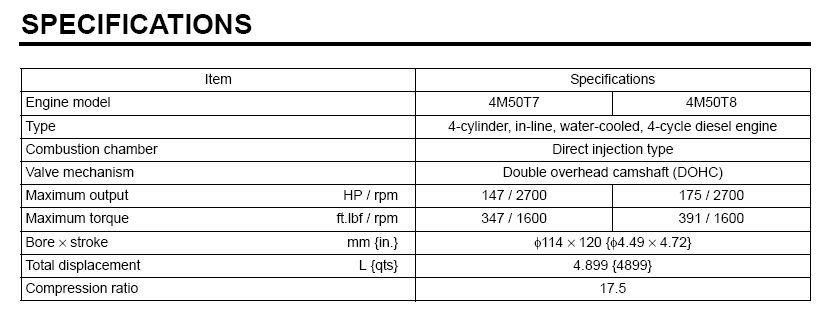whatcharterboat
Supporting Sponsor, Overland Certified OC0018
Hi , There has been a lot of talk about SRW conversions not being supported as far as warranty claims go. Just to throw in my 50 cents >I can tell you that there is an enormous amount of testing, documentation and interaction between the dealers, our transport authority and us as a company who does this type of work so that factory warranty and road worthiness can be maintained.
Just as an example> one of the main considerations is how brake performance can be effected by the larger diameter single rear wheels and to be compliant the vehicle has to remain within a very close tolerance of the original braking performance (running with the standard size wheels). As manufacturers are often unable to provide this data it means testing the original before fitting the larger SRW’s. Sounds simple enough but it ends up costing megabucks and is not something that can be done safely on the road so it usually requires the hire of a long bitumen airstrip in a quiet country town for three days (and a guy to follow us and tell us if there is any planes coming in. Serious. No skid marks on the piano keys either).
The testing consists of completely stopping the vehicle from various speeds, simulating front or rear failure, brake fade, handbrake hold on a given grade, etc, etc. Everything has to be recorded at different weights such as full GVM or with simulated weight of the final body (see the bags in the pics and our attempt at keeping the weight central under inertia). It means rigging the vehicle with a whole array of sensors such as pedal pressure, a fifth wheel, inertia, system air pressure, event timers, etc. and of course certified vehicle weights. Then there is the mechanical engineer with his data logging laptop. Oh yeah, you can just about throw away a couple of sets of tyres with big flat spots. BTW does anyone else want to STAND on the brakes at 100 kph with no load and no front brakes and try and keep the thing straight?
Obviously the truck passed everything with flying colours, but it is all about having the supporting documentation, especially as this vehicle was destined to be a passenger bus.
The vehicle is an FS550 Isuzu, (tilt cab retained) which was then stretched and fitted with our custom suspension but maybe that’s another thread. www.allterrainwarriors.com.au
Just as an example> one of the main considerations is how brake performance can be effected by the larger diameter single rear wheels and to be compliant the vehicle has to remain within a very close tolerance of the original braking performance (running with the standard size wheels). As manufacturers are often unable to provide this data it means testing the original before fitting the larger SRW’s. Sounds simple enough but it ends up costing megabucks and is not something that can be done safely on the road so it usually requires the hire of a long bitumen airstrip in a quiet country town for three days (and a guy to follow us and tell us if there is any planes coming in. Serious. No skid marks on the piano keys either).
The testing consists of completely stopping the vehicle from various speeds, simulating front or rear failure, brake fade, handbrake hold on a given grade, etc, etc. Everything has to be recorded at different weights such as full GVM or with simulated weight of the final body (see the bags in the pics and our attempt at keeping the weight central under inertia). It means rigging the vehicle with a whole array of sensors such as pedal pressure, a fifth wheel, inertia, system air pressure, event timers, etc. and of course certified vehicle weights. Then there is the mechanical engineer with his data logging laptop. Oh yeah, you can just about throw away a couple of sets of tyres with big flat spots. BTW does anyone else want to STAND on the brakes at 100 kph with no load and no front brakes and try and keep the thing straight?
Obviously the truck passed everything with flying colours, but it is all about having the supporting documentation, especially as this vehicle was destined to be a passenger bus.
The vehicle is an FS550 Isuzu, (tilt cab retained) which was then stretched and fitted with our custom suspension but maybe that’s another thread. www.allterrainwarriors.com.au

